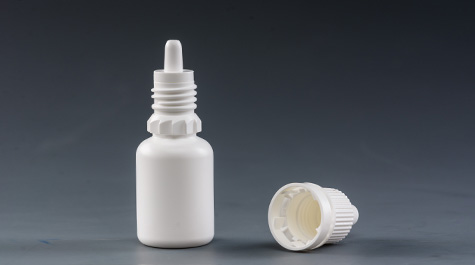Eye drop bottles are an important packaging form for ophthalmic drugs. Since they are in direct contact with the eyes, their quality and safety are particularly important. The decolorization test is an important test item in their quality standards.
Eye drop bottles are usually made of low-density polyethylene (LDPE) raw materials, which have excellent physical properties and chemical stability. The decolorization experiment is mainly aimed at packaging with colored plastic materials. Its purpose is to detect whether there is a migration risk of colorants and to avoid contamination of drugs due to migration of colorants, which may affect drug treatment effects and even patient health. Therefore, decolorization experimental testing of packaging containing colorants has become the key to ensuring drug safety.
In the YBB00062002-2015 "Low Density Polyethylene Medicinal Eye Drop Bottles" standard, the operations and requirements for the decolorization test are as follows: Take 50 c of the entire part of the product into 2cmx0.3cm small pieces, and place three stoppered cones respectively. In the bottle, add 4% acetic acid solution (60C+2C), 65% ethanol solution (25C+2C), and n-hexane (25C+2C) 50ml each, soak for 2 hours, and use the same batch of 4% acetic acid solution and 65% alcohol solution. , n-hexane is used as the blank liquid, and the color of the soaking liquid should not be too deep.
In short, eye drop bottles are special packaging for ophthalmic drugs, and their quality and safety are crucial to the efficacy of the drugs and the health of patients. Conducting decolorization tests is an important measure to ensure drug quality and medication safety. It is also an important guarantee to improve product quality and safety and ensure medication safety for ophthalmic patients.

没有评论:
发表评论